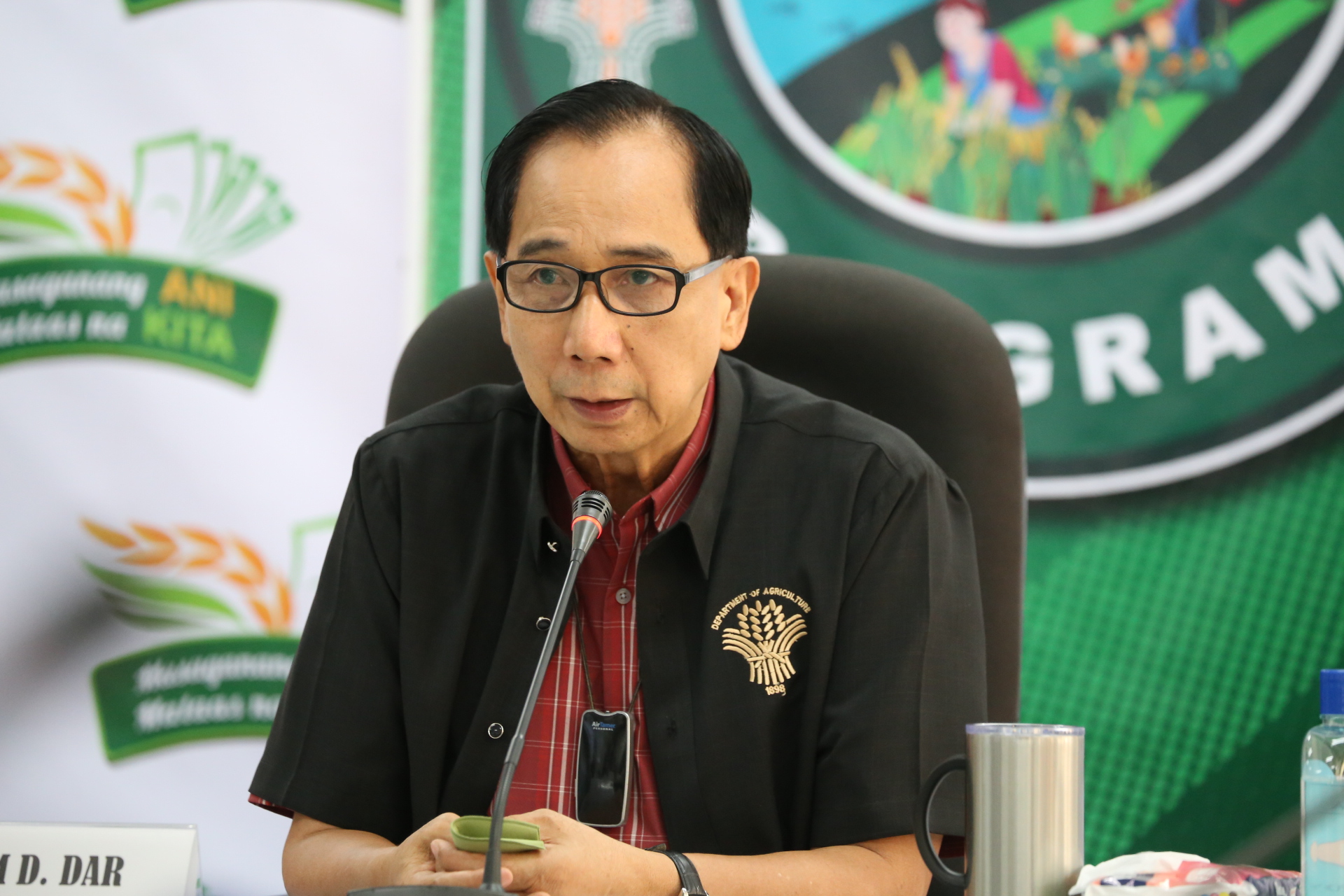
The Department of Agriculture (DA) rebuts allegations of a farmers’ group that it failed to provide sufficient meat inspection facilities as required by the ‘Food Safety Act.’
“The construction of the country’s first border inspection facility is still on track, but certain barriers have yet to be addressed following government requirements and procedures,” said Agriculture Secretary William Dar.
“While waiting for the facility, the Department adopts a stringent two-stage inspection process upon entry of imported agricultural commodities into the country. This is a science-based regulatory procedure that we strictly follow both for local and international shipment of agricultural products,” he added.
For its part, the DA’s Bureau of Animal Industry (BAI) said its quarantine officers conduct an initial ocular inspection at any port of entry. Thereafter, a more rigorous examination is conducted at cold storage facilities accredited by the DA’s National Meat Inspection Service (NMIS). The two-stage process ensures the safety of imported agricultural commodities entering the country.
“Entry of the disease into the country is mostly attributed to smuggled pork products since the DA only allows importation from African Swine Fever (ASF) free countries,” Secretary Dar said.
To address smuggled pork, the Bureau of Customs, with various concerned government agencies, signed a Memorandum of Understanding to strengthen border control and protection.
Countries intending to export agricultural products to the Philippines must undergo a strict accreditation procedure to ensure its compliance with national standards and regulations.
Further, the DA immediately issues an import ban order on any country with reported pest outbreaks.
“The DA assures the public of its support to the implementation of the Food Safety Act of 2013, including the provisions for the ‘quarantine first policy’ to ensure that agricultural products in the country are safe, hygienic and fit for consumption of every Filipino family,” the DA chief said.
Meanwhile, on the status of the first border inspection facility, BAI Director Ronnie Domingo said that legal and logistical barriers are yet to be resolved and settled.
“Building a government structure in a privately-operated congested port area is not an overnight task to accomplish. The identification of a 2,000-square meter area for the ACEA will be settled soonest,” Domingo said.
The DA is also now in the process of hiring project members to finalize the detailed architectural and engineering designs required by the Department of Budget and Management (DBM) for the release of the allocated funds for the construction of the country’s first ACEA at the Port of Manila.
“Although the concept designs have already been done, the DBM needs the detailed designs to effect fund release,” said Domingo.
Despite the lockdown and movement restrictions brought by the COVID-19 pandemic, he said the DA has been coordinating with concerned offices to fast track the process. These include the Department of Transportation (DOTr) – Philippine Ports Authority (PPA), International Container Terminal Services, Inc. (ICTSI), and the Asian Terminals Inc. (ATI).
Further, the DA-BAI has started the groundwork for the establishment of other ACEA facilities at the international ports of Subic, Batangas, Cebu, and Davao.
The first border inspection facility will serve as a one-stop-shop for regulatory inspections of imported agricultural product, and a common facility for the DA’s bureaus of plant industry (BPI), of fisheries and aquatic resources (BFAR), and BAI to prevent the entry of animal, fish, and plant diseases into the country.
The proposal for its establishment was approved in principle, during the December 2019 cabinet meeting, with an initial budget of P521,574,000. ### (Rita dela Cruz, DA StratComms)













